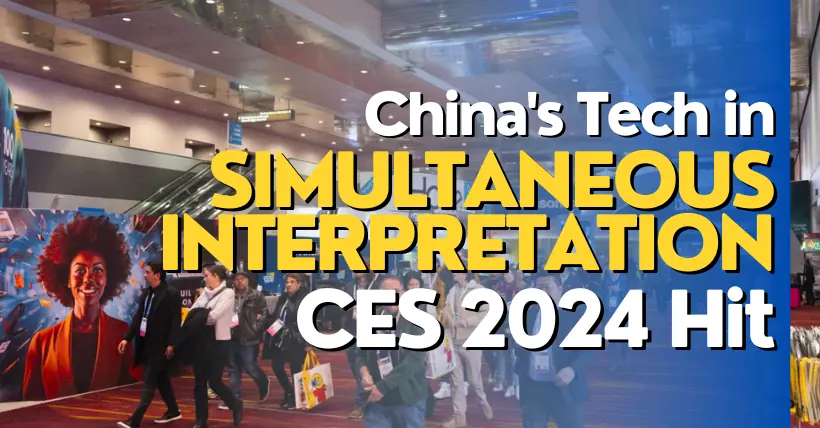Every year at this time, the world’s most innovative and interesting electronic products gather in Las Vegas to participate in one of the world’s largest digital exhibitions, CES (Consumer Electronics Show).
Just like previous years, this time I also went for a stroll there.
This CES was quite interesting as well, Tony found a lot of things worth sharing.
One of them is about language. As we all know, due to language barriers, English is used as a common language in international communication. However, at CES, there’s a place where everyone is speaking their own “hometown dialect”.
Even more amazingly, there are absolutely no communication barriers, and everyone is having a pleasant conversation.
申し訳ありませんが、君たちはどこから来られましたでしょうか ”?
请问你们是从哪里来的?
“ Is this the first time you have been here ”?
这是你第一次来(CES)么?
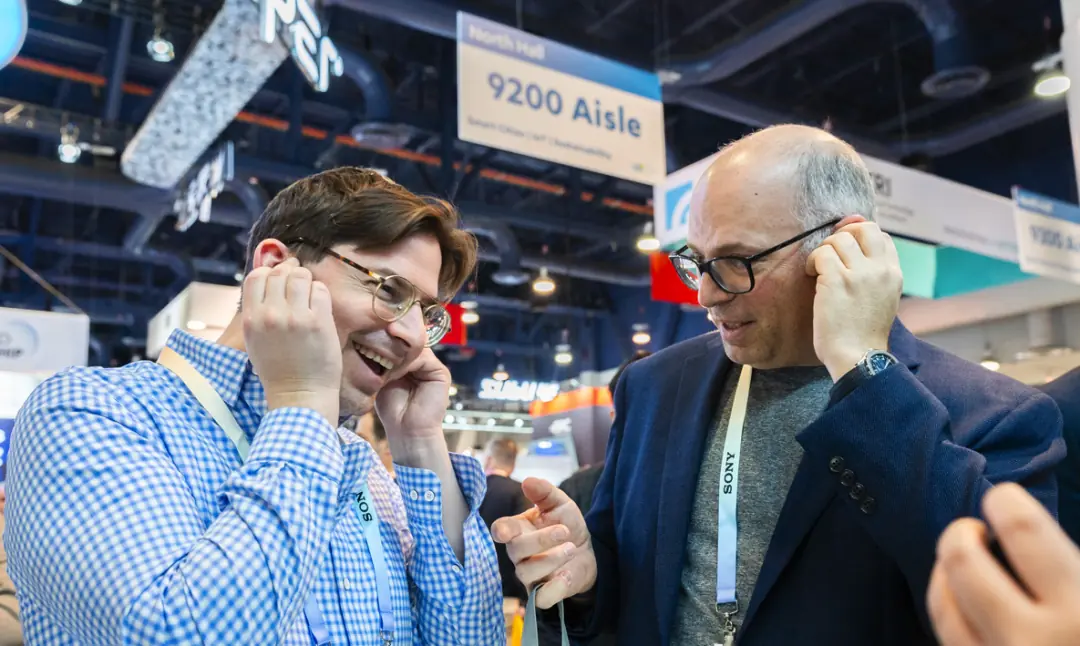
I definitely had to join in on this excitement.
When I squeezed in, I realized, this is the “Timekettle”!
I’ve been following them since 2017. They are a domestic AI company specializing in simultaneous interpretation devices. Back then, in pursuit of a better translation experience, their headphones didn’t even support listening to music.
Since I was there anyway, and we were all Chinese, it was easy to talk. Tony boldly went up to them, experienced their product, and started chatting with their staff.
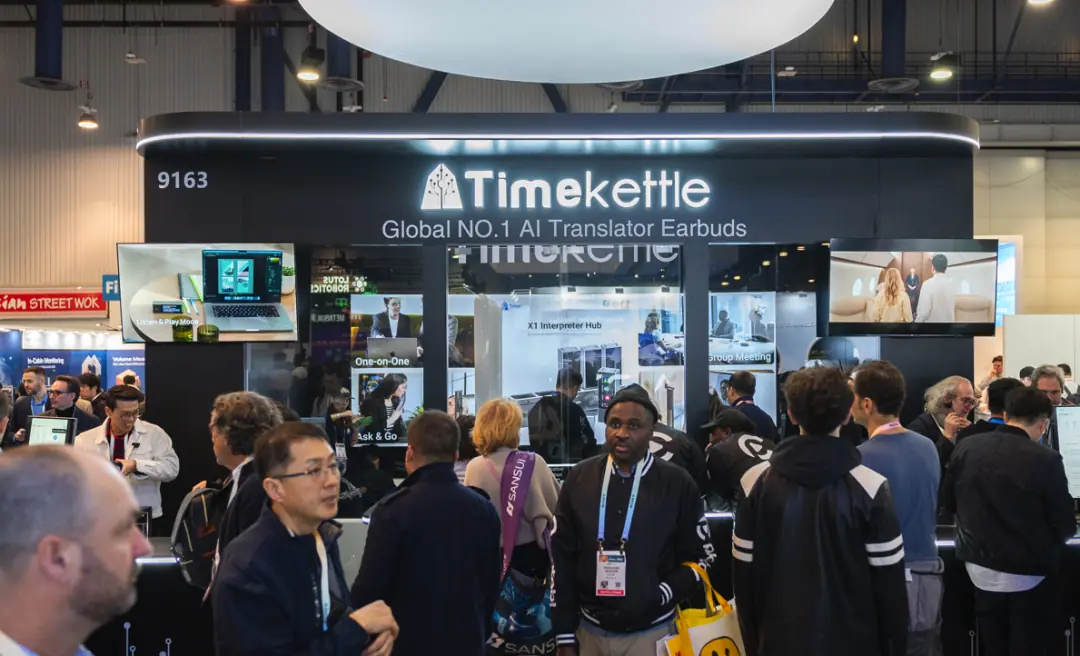
This time, Timekettle brought their latest product, the X1 simultaneous interpreter, an AI translation device, to CES.
The scene mentioned earlier where everyone was chatting in their “hometown dialect” was made possible through the X1.
This product includes 2 earphones and 1 terminal simultaneous interpreter. The design is quite ingenious, with the earphones able to be stored inside the interpreter.
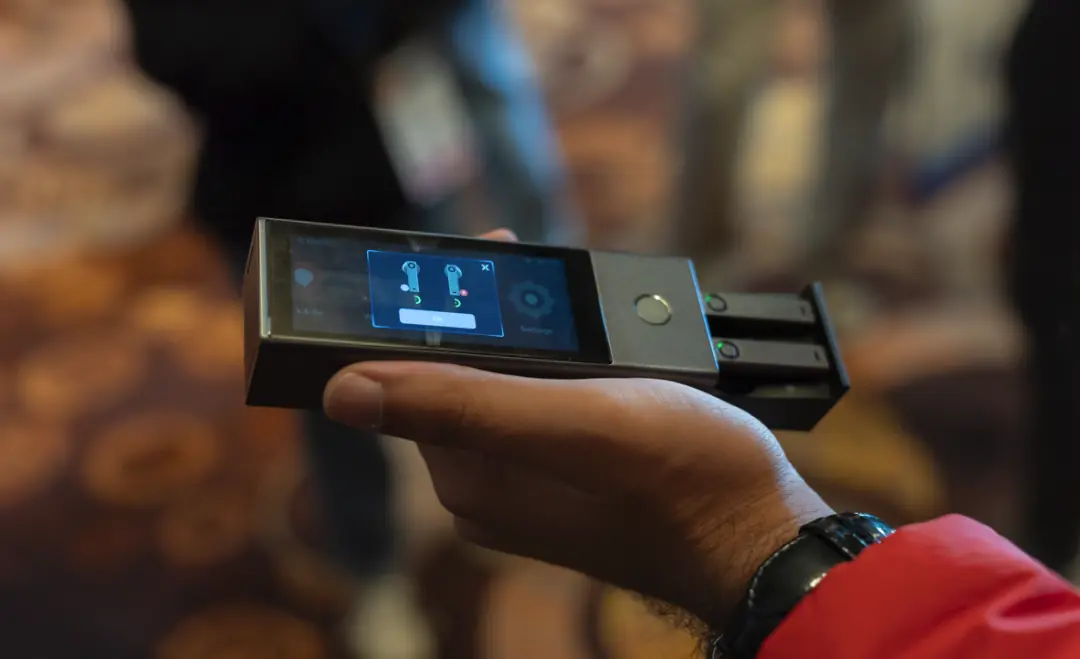
Translation devices are already common in the market, so why did the X1 attract so much attention?
Curious, I also tried out X1’s “Two-Person Conversation” feature.
With this feature, the two earphones can achieve simultaneous translation for two people. Each person wearing one earphone can communicate across languages, covering almost all cross-language communication scenarios.
Supporting 40 languages and 93 accents with an average translation accuracy of up to 95%, Tony brought in two colleagues to test Japanese-Korean translation, and the result was very accurate.
What’s more subtle is the interactive experience.
When I traveled to South Korea before, if I needed to ask for directions, I had to open a translation app and type away. Then I’d hand my phone to a stranger, they’d look at it, take the phone, type their response, and hand it back to me. It was like a stuttering “turn-based” game.
But now, you just wear the headphones and converse in your native language.
It’s a back-and-forth conversation without feeling the presence of a language barrier, just like a regular chat.
Bilingual translation between Chinese and English.
Actually, ever since transportation and the internet have connected the earth into a global village, cross-language communication has gradually become a necessity. Nowadays, the market is full of various translation software and hardware, and there are already plenty of language “translation” solutions.
Why not continue using mature solutions in the market, but instead put effort into exploring a completely new product form?
The staff at Timekettle told me that their company aimed to work with an endgame mindset from the beginning.
“In a fully expanded imagination, the ultimate translation product for humanity should be one where all languages can be communicated as naturally as one’s mother tongue, and the presence of this product is almost imperceptible.”
At that time, the traditional solutions on the market, like human simultaneous interpretation, were high in cost and difficult to popularize, and they couldn’t solve the issue of multi-language communication. It’s not feasible to expect everyone to have several translators accompanying them.
As for translation devices, apart from the “turn-based” interaction creating a disjointed feeling, most of the time it’s human-machine interaction. The presence of the device is very strong, sometimes even overshadowing the human element.
From the perspective of cross-language communication, these solutions are not the best, nor will they be the ultimate cross-language solution for humanity.
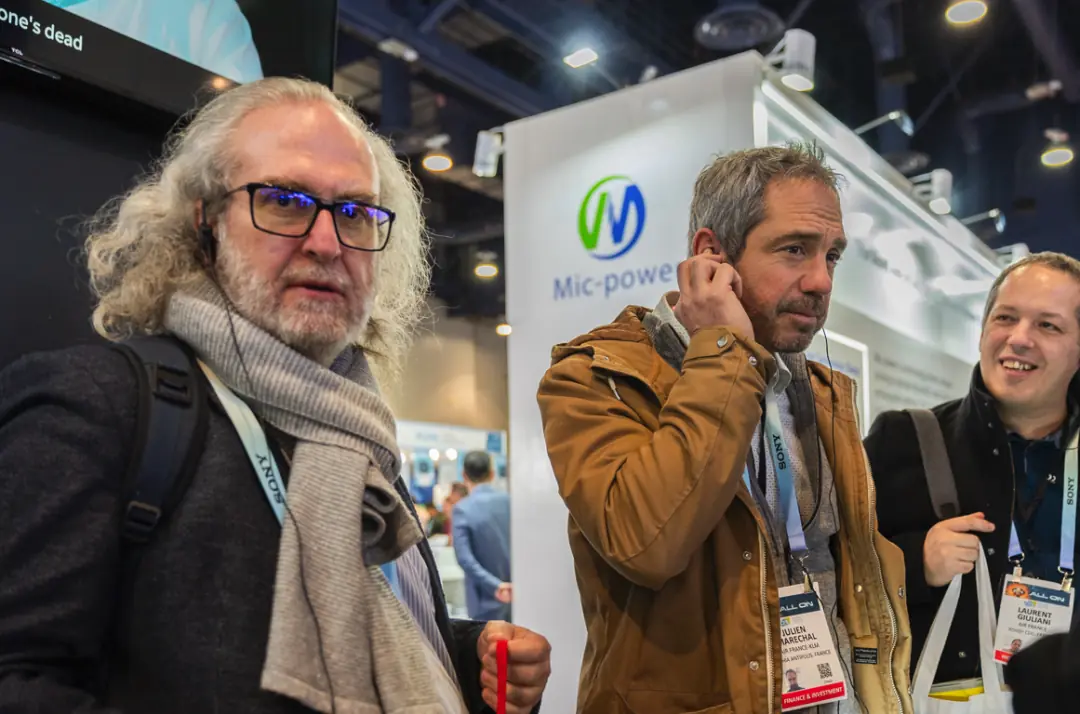
Therefore, as early as 2017, Timekettle, based on the technological conditions at the time, launched the world’s first simultaneous interpretation earphone, the WT2 Plus, establishing a completely new form of cross-language communication product.
In the words of Timekettle’s founder, Tian Li, “We won’t make too many homogeneous products. We prefer to create new ones, giving users more choices. Solving practical problems is something we are proud of, and only by solving problems can we gain market recognition.”
The outcomes achieved by this product are indeed inspiring.
Firstly, it really took off.
In 2018, it received millions in angel round funding, began mass production, and in 2021, it launched its core product, the W3 bidirectional simultaneous interpretation earphone. It topped the Amazon translation earphone category bestseller list, made a significant international impact, successfully selling to over 100 countries, and now has over 300,000 users worldwide.
So, as early as 2017, Timekettle, based on the technology available at the time, launched the world’s first simultaneous interpretation earphone, WT2 Plus, establishing a completely new product form for cross-language communication.
In the words of Timekettle’s founder, Tian Li, “We don’t aim to produce many homogeneous products; rather, we hope to create new products, offering users more choices. Solving practical problems is something we take pride in, and it’s only through solving problems that we gain market recognition.”
The product has been quite successful.
For starters, it really sold well.
In 2018, it received millions in angel funding, went into mass production, and in 2021, it launched its core product, the W3 bidirectional simultaneous interpretation earphone, which became a bestseller in the Amazon translation earphone category. It gained international acclaim, selling to over 100 countries, with over 300,000 users worldwide.
It also won numerous awards, like the CES 2024 Innovation Award, the iF Design Award, and the Japan Good Design Award, among various other international accolades.
In 2022, the China Foreign Languages Publishing Administration conducted a mainstream AI translation machine test involving domestic AI translators. 216 translators certified at or above CATTI Level 2 and 223 translation enthusiasts participated in the test. The translation earphone developed by Timekettle ranked first in this category.
However, the X1 simultaneous interpreter displayed at this CES is quite different from previous translation earphones.
At the CES venue, you could see many foreigners tapping their X1 devices together.
With a light tap, two X1 simultaneous interpreters could freely form a translation subnet↓↓
Two devices work, as do three or five.
Once multiple devices are paired by tapping to form a translation network, the X1 can accommodate up to 20 people/5 languages in a simultaneous conversation, allowing multiple people to speak at once, with translations broadcasted in multiple directions to the participants’ earphones.
This is currently the only product in the world that can facilitate 20 people/5 languages synchronous communication.
Timekettle staff told me, from an endgame perspective, “A cross-language communication product should support ‘any language.’ Whenever we hear or need to communicate, we should just be able to speak, so it should support translation between all the world’s languages, not just two.”
In fact, as the world becomes more interconnected, many business clients have told Timekettle that in international business meetings, they encounter situations with multiple languages, and bidirectional simultaneous translation devices are not enough.
So, what to do? Connect them up.
Although on the surface, it looks like wearing earphones, similar to past translation earphones.
But the X1 itself is a translation device with a screen, equipped with a screen, microphone, AI translation technology, and cloud services.
You can think of it as a portable, instant personal simultaneous interpreter.
If you have any phone calls or meeting translation needs on your phone or computer, just pair it with the X1, and it can translate for you in real-time, essentially acting as a translation platform that connects to other devices and provides AI applications.
Multidirectional simultaneous interpretation, on the surface, seems just a little more advanced than bidirectional interpretation, but in reality…
In a multi-person conversation, how do you transmit multiple voices to the end device? When multiple people speak, crosstalk can greatly interfere with the translation output, so how do you identify different voices? How do you activate it? How do you segment sentences? How do you eliminate background noise?
Each problem is quite challenging.
For this, Timekettle has continued to innovate technologically, such as developing the RNNVAD automatic sentence segmentation algorithm for human voice recognition, training the device with AI to recognize only human voices, making sentence segmentation more precise in noisy environments, and thus making translation more efficient and accurate.
If you think about it, from the earliest IBM 701 computers, Wenquxing dictionaries, translation software, handheld translators, to translation earphones, and now to the simultaneous interpretation device X1, in the history of humanity overcoming language barriers, the form of translation products has continuously evolved, becoming more aligned with human communication habits, and increasingly “de-productized.”
The emergence of X1 makes me feel that reality is getting closer to the sci-fi future in “The Wandering Earth,” where Liu Peiqiang communicates with a Russian in his mother tongue.
Despite being surrounded by technological advancements every day, I often marvel at how technology rapidly changes the times.
A decade ago, if you wanted to travel abroad, you had to master a foreign language, carrying a Step by Step High repeater, rewinding back and forth, reciting repeatedly.
But now, if you want to travel abroad, numerous big companies are competing to translate for you. You swipe open your phone, input your query, and wait for the language translation to generate.
And when your everyday cross-language needs are already being met, companies like Timekettle still strive for technological innovation to change the industry’s direction again, bringing everything closer to sci-fi movies: from pure translation to communication that is infinitely close to daily life.
Perhaps in a few more years, we won’t need to learn languages anymore. We’ll just wear earphones to freely communicate with friends speaking different languages, and we might not even need to carry phones, as a bracelet or glasses could meet all our communication needs.
I believe, in the future, not just in tourism or business scenarios, but in every imaginable scenario, we will have newer, warmer technological life experiences.




